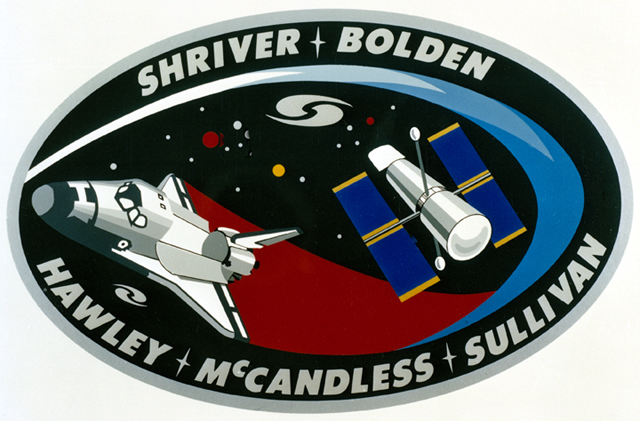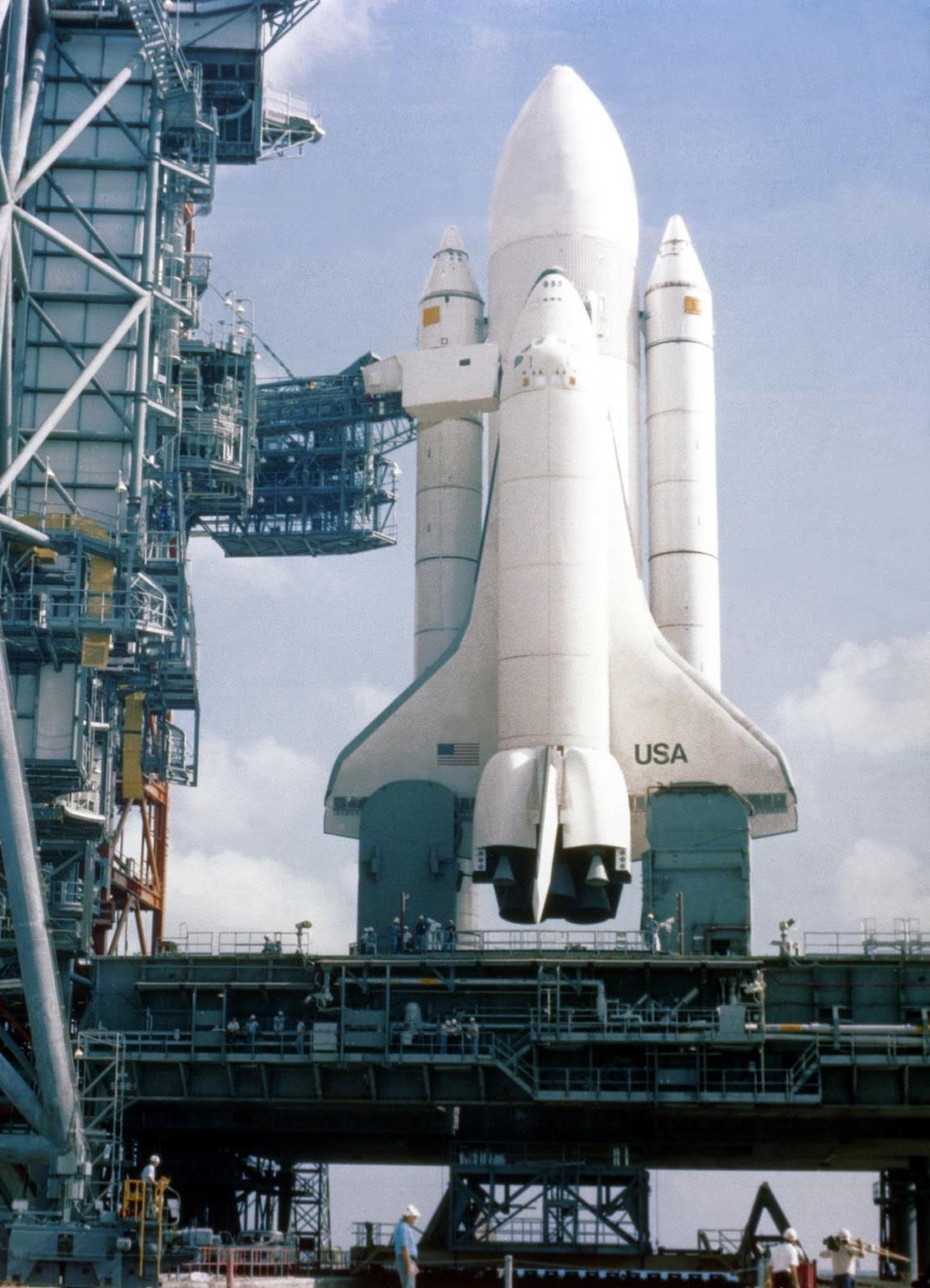John E. Blaha
Michael A. Baker
(Third Space Flight) Mission Specialist 1:
Sharron W. Lucid
(Second Space Flight) Mission Specialist 2:
James C. Adamson
(Second Space Flight) Mission Specialist 3:
G. David Low
(First Space Flight)
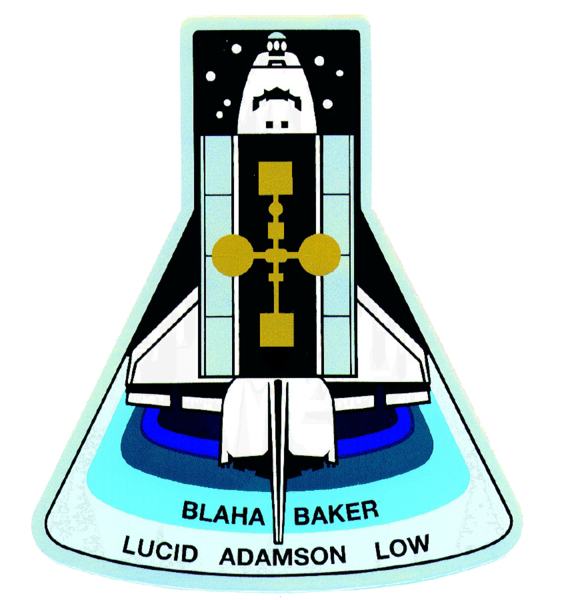
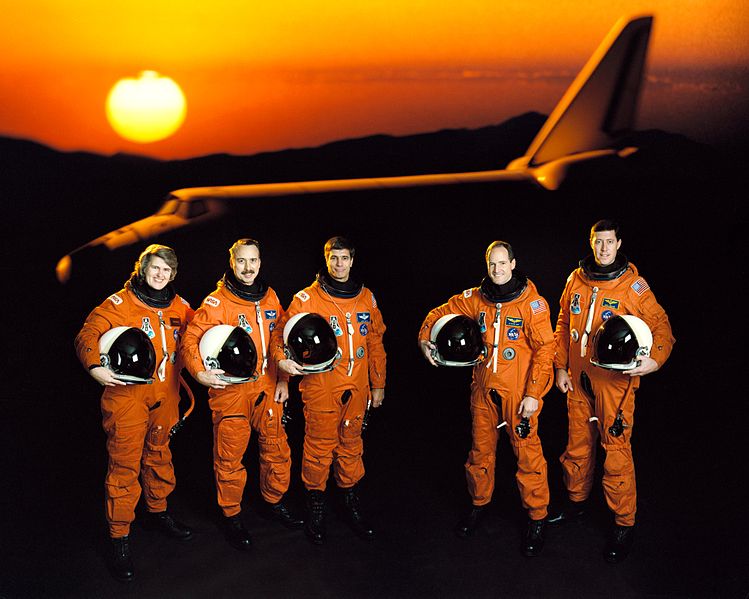
STS-43, the ninth mission for Space Shuttle Atlantis, was a nine-day mission whose primary goal was launching the fourth Tracking and Data Relay Satellite, TDRS-E. The flight also tested an advanced heatpipe radiator for potential use on the then-future space station and conducted a variety of medical and materials science investigations.. The primary payload, Tracking and Data Relay Satellite-5 (TDRS-5 or TDRS-E), attached to an Inertial Upper Stage (IUS), was deployed about six hours into flight, and the IUS propelled the satellite into geosynchronous orbit. TDRS-5 became the fourth member of the orbiting TDRS cluster. Secondary payloads were Space Station Heat Pipe Advanced Radiator Element II (SHARE II); Shuttle Solar Backscatter Ultra-Violet (SSBUV) instrument; Tank Pressure Control Equipment (TPCE) and Optical Communications Through Windows (OCTW). Other experiments included Auroral Photography Experiment (APE-B) Protein Crystal Growth Ill (PCG Ill); Bioserve / Instrumentation Technology Associates Materials Dispersion Apparatus (BIMDA); Investigations Into Polymer Membrane Processing (IPMP); Space Acceleration Measurement System (SAMS); Solid Surface Combustion Experiment (SSCE); Ultraviolet Plume imager (UVPI); and the Air Force Maui Optical Site (AMOS) experiment.
TDRS E, which became TDRS-5 on orbit, was successfully boosted to geosynchronous orbit at more than 22,000 miles (35,400 kilometres (22,000 mi)) above Earth by two firings of the Inertial Upper Stage (IUS) booster, the last of which occurred approximately 12½ hours into the mission. TDRS then deployed its antennas and solar panels, and separation from the IUS took place less than 45 minutes later.
Pilot:
41g
M
8
SM
Sub-Menu
menu
-
42
43
44
45
46
47
48
A free template by Lucknowwebs.com for WYSIWYG WebBuilder 8
Astronauts:
STS-43
Study
Research
Main Index
Space Cosmology
Science Research
*
About
Science Research
Science Theories
Desk
Site Map
BookShelf
Copyright © by Nigel G Wilcox · All Rights reserved · E-Mail: ngwilcox100@gmail.com
Designed by Nigel G Wilcox
Powered By AM3L1A
Pages within this section: USA Shuttle Mission Flights
STS-43
Pages within this section:
Command Pilot:
The Space Shuttle Missions
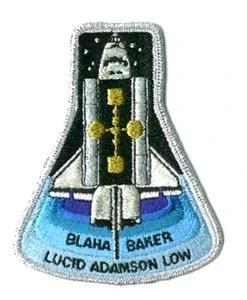
The TDRS network of satellites provides the vital communication link between Earth and low-orbiting spacecraft such as the Space Shuttle. Until the STS-43 deployment, there were three TDRS spacecraft on orbit above the equator: two were in the west position over the Pacific Ocean, southwest of Hawaii. TDRS-4 was in the east position over the northeast corner of Brazil. TDRS-B was lost in the Challenger accident in 1986. After STS-43, the two satellites in the west became on-orbit spares; TDRS-5, after activation, checkout and calibration, officially became the primary provider of services in the west location on 7 October 1991. It was stationed at 175 degrees west longitude.
Previously, orbiting spacecraft could communicate with Earth only when in sight of a ground tracking station - about 15 percent of each orbit. The TDRS network allows communication from 85 to 100 percent of an orbit, depending on the spacecraft's altitude.
The crew was kept busy with the operation of varied experiments during the nine-day flight. The Space Station Heat Pipe Advanced Radiator Element II (SHARE-II) experiment tested a natural cooling process for transferring thermal energy that could serve as a cooling system for Space Station Freedom. The Solid Surface Combustion Experiment provided some answers about how fire behaves in microgravity. The crew also activated other previously flown materials science experiments and participated in medical experiments in support of long-duration flights. One test showed that optical fibers could provide video and audio links between the flight deck and the payload bay.
Crew members in space and flight controllers on the ground demonstrated their ingenuity when they adapted a camera part to replace one that had not been packed for the mission.
The crew experienced some minor problems, none of them critical to the safety or success of the mission. A cooling system for Auxiliary Power Unit (APU) 2 failed to activate during an on-orbit test. APU 2 is one of three redundant systems which provide hydraulic pressurization to orbiter steering systems during entry and landing. APU 2 was still available for use in landing.
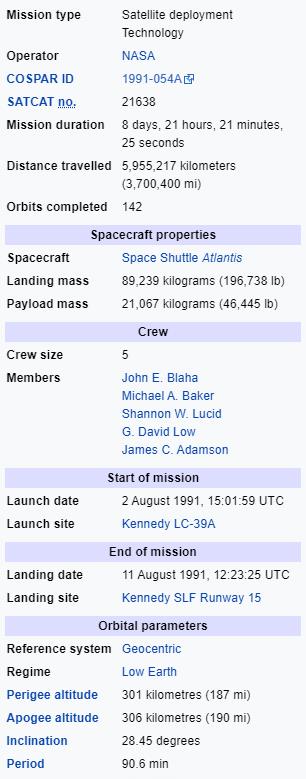
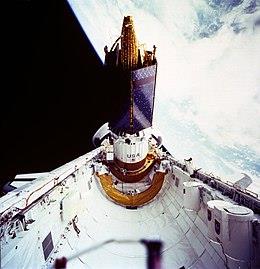
Atlantis deploying TDRS-E
TDRS-E deployment from STS-43




